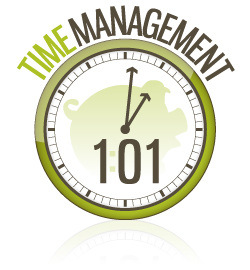AI and Remote Sensing: Monitoring Environmental Changes
Posted on April 09, 2024 by
AI and remote sensing have emerged as powerful tools for monitoring environmental changes, providing valuable insights into various ecosystems and their dynamics. By leveraging advanced algorithms and satellite imagery, these technologies enable scientists and researchers to track changes in land use, vegetation health, water quality, and more, at both local and global scales. This article explores the applications of AI and remote sensing in environmental monitoring and the significant role they play in understanding and addressing environmental challenges.
Applications in Land Use and Land Cover Mapping
One of the key applications of AI and remote sensing is land use and land cover mapping. These technologies allow for the accurate classification and monitoring of different land cover types, including forests, agriculture, urban areas, and water bodies. By analyzing satellite images over time, researchers can assess changes in land use patterns, identify areas of deforestation or urbanization, and monitor habitat loss or degradation, providing valuable data for conservation efforts and land management strategies.
Monitoring Vegetation Health and Biomass
AI and remote sensing are also instrumental in monitoring vegetation health and biomass. By analyzing spectral data from satellite sensors, researchers can assess vegetation cover, biomass density, and photosynthetic activity across diverse ecosystems. This information is essential for understanding the impacts of climate change, deforestation, and land degradation on ecosystems, as well as for predicting crop yields, assessing forest health, and implementing sustainable land management practices.
Assessing Water Quality and Marine Ecosystems
In addition to land-based applications, AI and remote sensing are increasingly being used to monitor water quality and marine ecosystems. Satellite imagery and machine learning algorithms can detect changes in ocean temperature, salinity, and chlorophyll concentration, providing insights into marine biodiversity, coral reef health, and coastal pollution. These technologies are vital for marine conservation efforts, fisheries management, and addressing the impacts of climate change on coastal regions.
Predicting Natural Disasters and Environmental Hazards
Another important application of AI and remote sensing is in predicting and mitigating natural disasters and environmental hazards. By analyzing various environmental parameters, such as precipitation patterns, soil moisture levels, and vegetation dynamics, researchers can develop early warning systems for events such as floods, droughts, wildfires, and landslides. These predictive models help authorities and communities better prepare for and respond to natural disasters, saving lives and minimizing damage to infrastructure and ecosystems.
Challenges and Future Directions
While AI and remote sensing offer tremendous potential for environmental monitoring, they also present challenges such as data availability, processing complexity, and algorithm accuracy. Addressing these challenges requires collaboration between scientists, policymakers, and technology developers to improve data collection methods, develop robust algorithms, and ensure the ethical and responsible use of these technologies. Moving forward, integrating AI and remote sensing with other disciplines such as ecology, climatology, and hydrology will further enhance our understanding of environmental processes and facilitate more effective conservation and management strategies.
AI and remote sensing are powerful tools for monitoring environmental changes, providing valuable insights into ecosystems, land use patterns, water quality, and natural hazards. By leveraging satellite imagery and advanced algorithms, these technologies enable scientists and policymakers to make informed decisions and take proactive measures to protect and sustainably manage our planet’s resources. With continued innovation and collaboration, AI and remote sensing will play an increasingly important role in addressing global environmental challenges and promoting a more sustainable future.



